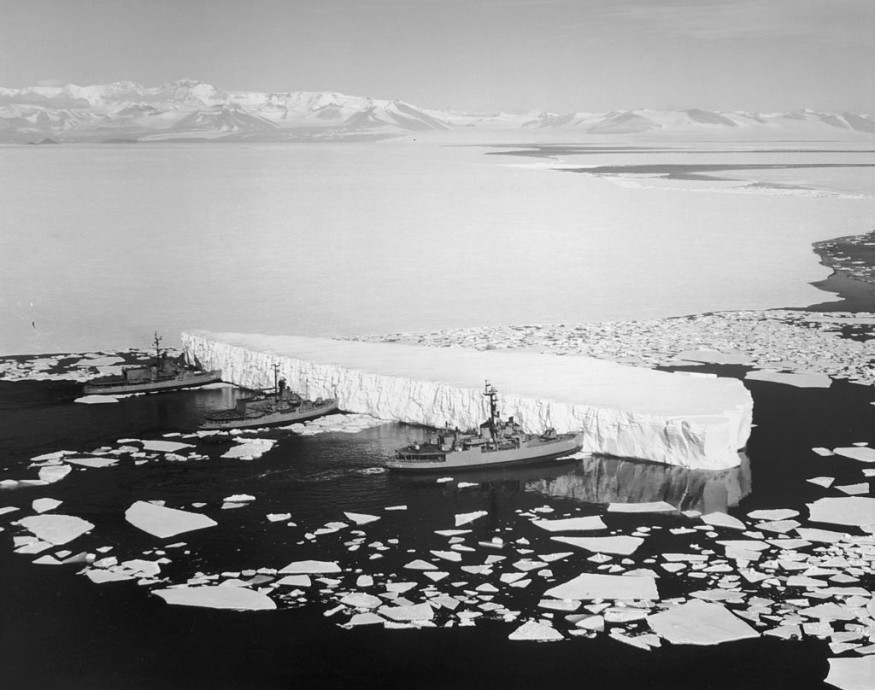This year's World Oceans Day is to be quite a historical one for cartographers. After decades of only being informally called the Southern Ocean, the National Geographic Society has officially recognized it and has thereby bumped up the number of the world's oceans to five.
A brief history of outlining the new ocean

The declaration was actually many years in the making. It was previously thought that the Southern Ocean could not be easily recognized on the count of having no clear land mass serving to shape out its borders. However, research into the Antarctic Circumpolar Current (ACC) indicated that this was no longer necessary. The ACC itself became the starting point to shaping out the Southern Ocean's territory.
The move certainly has some major implications for education, but the primary motive behind it was to further improve initiatives that defend vulnerable marine environments in Antarctica. Other organizations such as the International Hydrographic Organization (IHO) and the National Oceanic and Atmospheric Administration (NOAA) have already recognized the Southern Ocean's distinct boundaries.
With an area that is much larger than the Arctic Ocean, the waters here are home to many of the world's most recognizable polar animals. These include penguins, polar bears, orcas and different seals.
The vast waters are also a major feeding ground to a great number of large whales that migrate between north and south. Rare, deep sea fishes have been discovered deep under the ice. Many pioneering studies on the recent changes to the Earth's climate are often based on more direct studies of the Southern Ocean's glaciers.
Reinforcing the Southern Ocean's distinct territories will make it easier for international conservationist groups to outline new Marine Protected Areas (MPAs). This will put tight restrictions on commercial fishing activities that stray too far into the Southern Sea's territory. And with global warming already having a devastating domino effect in these environments, such protections have become crucial.
Southern Ocean still most eerie among five oceans
Now as important as it is, one cannot be faulted for finding the Southern Ocean region to be a little bit on the creepy side. Many strange tales have been inspired by its dense fog, distant, foreboding peaks and quiet isolation. H.P. Lovecraft's At the Mountains of Madness is rich with imagery describing the shrouded glaciers that are commonly seen when sailing to Antarctica. The scariness of the icy frontier was also popularized by horror films like The Thing.
Earlier explorers in the region have described it to be the most isolated place on earth. Psychologists have even conducted their own studies in the area in order to assess the effect of such isolation on the human mind.
To this day, many scientists have continued to plumb the Southern Ocean's depths and discover new, still barely understood lifeforms. Many such species are often looked to for ideas on how biological organisms can survive in such harsh environments. Hopefully, with increased protection and a stronger fight against climate change, many more secrets could be uncovered.
© 2026 NatureWorldNews.com All rights reserved. Do not reproduce without permission.





